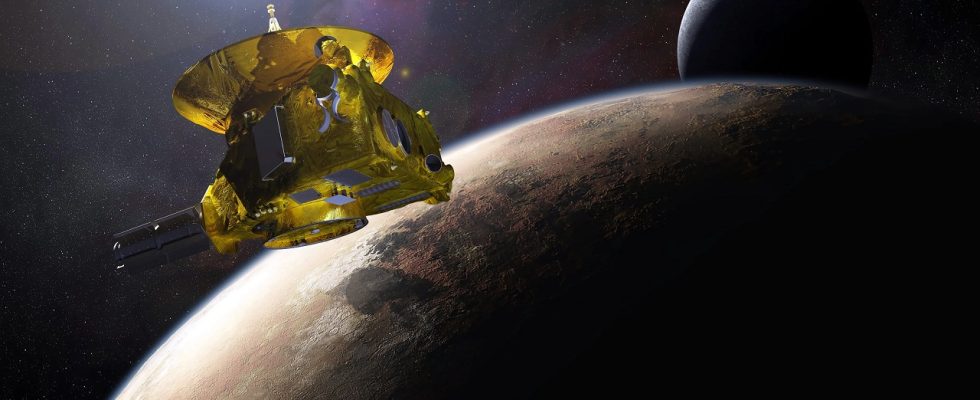To investigate the New Horizons mission, NASA decided to extend the mission of the artificial spacecraft to observe the Kuiper Belt, the farthest point of the Solar System. This sudden decision of NASA shocked the entire scientific world. Because the space agency initially sent vehicles to explore the Kuiper Belt. However, the Planetary Science Department gave up on research and turned to studying the Sun. Some astronomers did not like this situation at all. Fortunately, the objections bore fruit. NASA gave up its stubbornness. Here are the details…
NASA is expanding the New Horizons mission to continue exploring the Kuiper Belt!
NASA has made its final decision regarding the New Horizons mission, which carries out multidisciplinary activities. This mission studies the dwarf planet Pluto, its moons, and the solar system’s objects near Neptune’s orbit. New Horizons was launched in 2006. It took about 15 years to reach an orbit near the farthest reaches of our known solar system.
New Horizons is also the first spacecraft to encounter Pluto, a remnant from the formation of the solar system. In this way, he managed to write his name in space history. Once it reached Pluto’s system, the spacecraft managed to travel farther than any deep spacecraft launched before. In addition, it also holds the title of being one of the spacecraft that has traveled for the longest time (more than nine years).
The Kuiper Belt extends behind Neptune’s orbit. It is a ring of icy objects such as comets and asteroids. Astronomers think it consists of remnants from the early days of our solar system. This mission will help us discover the origins of how Earth and other planets formed.
NASA gave up research in the Kuiper Belt and turned its direction to the Sun. Naturally, the researchers behind the mission disagreed. Instead of their new duties, they wanted to continue studies on the Kuiper Belt. They objected to the proposal to transfer the mandate. They finally managed to persuade NASA to give up its stubbornness. NASA announced that this mission will be extended until the late 2020s.
The New Horizons mission will continue its work in the Kuiper Belt while examining and collecting heliophysical data. Heliophysics is the study of the Sun and how it interacts with the environment around it. Additionally, NASA has dedicated many spacecraft, including the Parker Solar Probe, to this specific study area.

